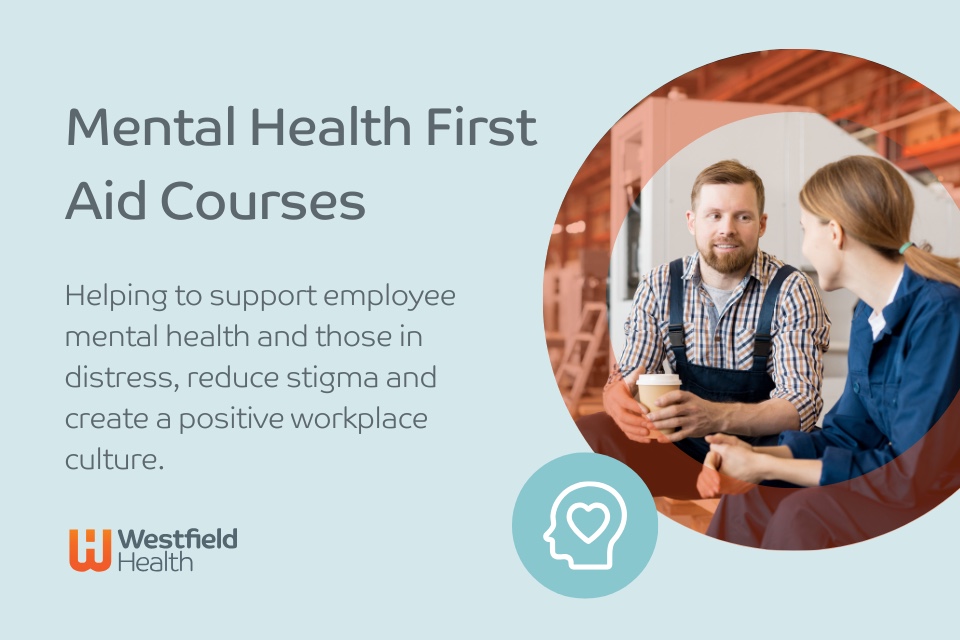By Kirstie Beattie, Senior Employment Solicitor at WorkNest
Employee resistance is becoming a common concern as more organisations strive to reintroduce employees into the workplace.
While there have been abundant studies on people’s attitudes towards homeworking, each discovering slightly different sentiments, a recent survey by Flexjobs found that 65% of people who worked remotely during the pandemic want to continue doing so. As such, those planning to bring staff back to the workplace, using MP Jacob Rees-Mogg as an example, should prepare for pushback.
“Working from home is better for mental health”
Mental health and work are intertwined, and improved mental health is a commonly cited benefit of working from home. While some are eager to return to the office for a sense of routine, better work/life separation and social interaction, others have found that working from home has been productive for their overall wellness. Working from home has allowed for better balance, reducing stress and giving them more control over their working day. The latter team may be disinclined to give this up and disturb their positive mental health.
1 – Having a discussion
Mental health is an important topic and one which organisations must take seriously. As a HR professional, you should invite an employee in this situation to a meeting to discuss the nature of their mental health issue (if any), the perceived benefit of working from home and, conversely, the perceived or anticipated negative impact of returning to the workplace. Encourage the employee to speak openly and honestly, and, as the HR professional, you should primarily ask questions instead of giving opinions.
2 – Mental health measures
You can use the opportunity to discuss your organisation’s employee mental health strategy with the employee to help demonstrate that as an HR professional, you take your obligations in this regard seriously. For example, do you have mental health first aiders? Are there any policies dealing specifically with mental health? Do you offer an Employee Assistance Programme? These options should be available to the employee if so.
It is likely to be far more constructive to encourage the employee back to the workplace rather than forcing their hand: the more appealing you can make the workplace seem, the easier it will be to achieve the employee’s buy-in.
3 – The place of work
Fundamentally, however, the employee’s contractual place of work is for the organisation and HR team to determine. It would be difficult for an employee to argue, for example, that they had acquired a permanent contractual right to work from home through custom and practice. Whilst the employee may have worked remotely continuously throughout the pandemic, that doesn’t mean working in the workplace is out of the picture – mainly if your organisation have always maintained that this was a temporary reactional measure in line with government advice.
HR professionals and employers must bear in mind that employees who have a mental health condition, which meets the definition of a disability under section 6 of the Equality Act 2010 are legally entitled to reasonable adjustments. These are measures which the employer should implement to help mitigate any disadvantage experienced by the employee at work, as a result of their condition. Reasonable adjustments might involve physical adaptations and the provision of specialist equipment, but they can also include amending shift patterns, start and finish times and, importantly, the place of work.
If in doubt about permitting continued home or hybrid working would amount to a reasonable adjustment, HR and employers should consider obtaining a report from an Occupational Health provider. You may need expert advice once it has been received to assess any discrimination risks.
4 – Demonstrating support
Keep in mind that you may be dealing with an employee who has a mental health condition – as opposed to an employee who feels their general wellbeing has improved because of a better work-life balance. So, monitoring the situation is vital.
You should also ensure the individual is well supported and doesn’t start to feel isolated. For example, an assertion that their mental health is better at home may be borne from an anxiety around or difficulty in leaving their home.
Mental health issues are a complex subject matter that HR cannot take lightly. But, if a condition exists, Occupational Health will be a real support in assessing the situation and determining what’s best for both the individual and the organisation.
Solve your return-to-work challenges with specialist support
WorkNest’s Employment Law and HR experts can help you to manage requests fairly and compliantly and deal with refusals without inviting legal risk.
Visit WorkNest’s website to find out more about their personalised and flexible packages.









